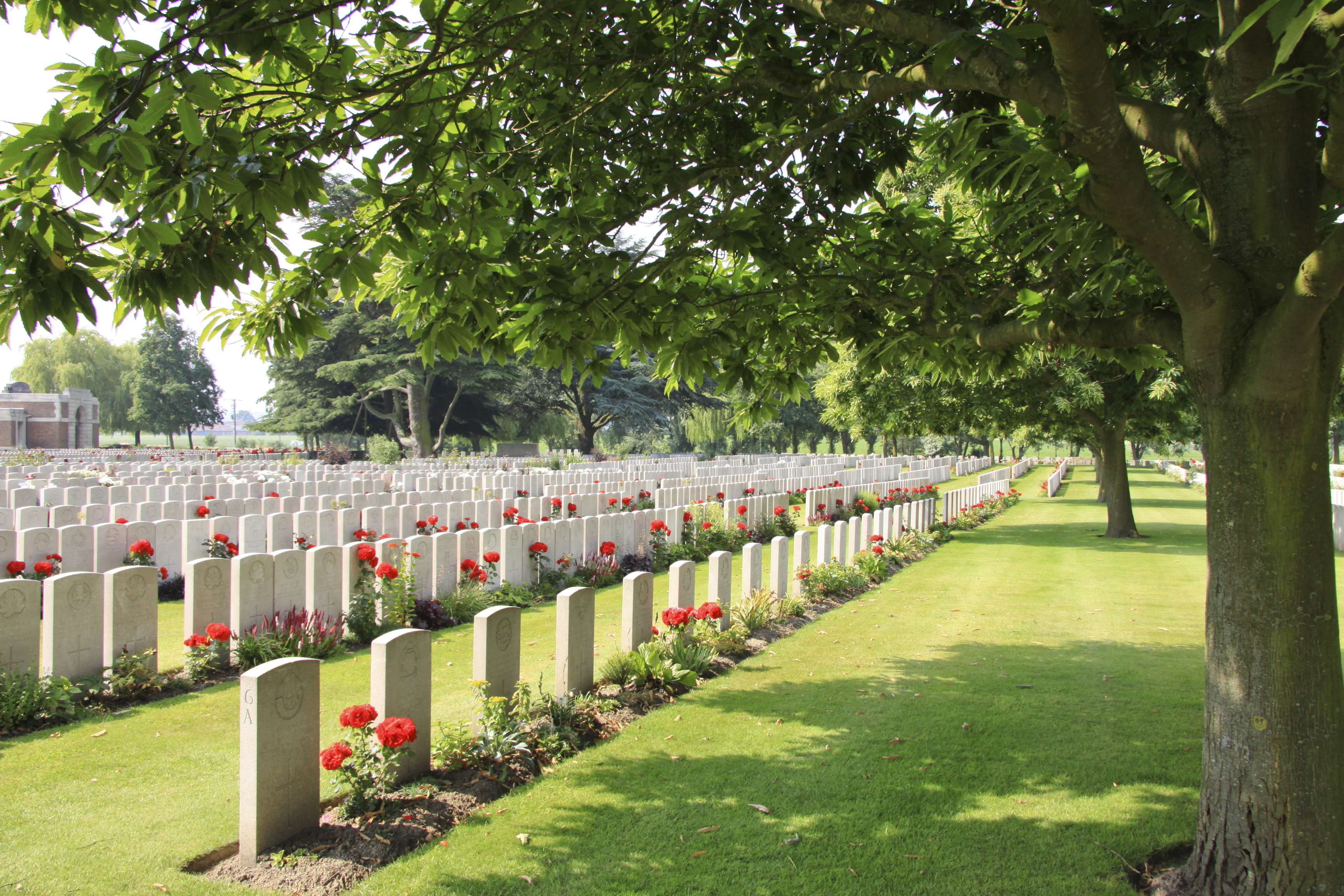Frederick Poulson
Date of birth: 1886
Date of death: 22.1.1916
Area: Brotherton
Regiment: King's Own Yorkshire Light Infantry
Family information: Husband of Edith Emma and father of Dorothy Maud
Rank: Private
Service number: R/22021
War Service
Frederick joined the 6th (Service) Battalion of the Kings Own Yorkshire Light Infantry which was formed of volunteers. At Pontefract on 12 August 1914 as part of K1 (Kitchener’s 1st Army) and attached to the 43rd Brigade in 14th (Light) Division. It moved initially to Woking and on to Witley in November 1914. It then moved to Aldershot in February 1915.
At first it was numbered the 8th (Light) Division, but as more regular army units became available to create a Division, they were given precedence and this was renumbered as the 14th (Light) Division. Initially without equipment or arms of any kind, the recruits were judged to be ready by May 1915. On 21st May 1915 they landed at Boulogne.
Its move to the fighting front was delayed by lack of rifle and artillery ammunition. However, they moved into the ‘theatre of war’ on the 7th July and were quickly into action. The 14th (Light) Division served on the Western Front throughout the war. It took part in the following engagements:
1915
The Action of Hooge (19th July, 30th July and 9th August)
In this action the Division had the misfortune to be the first to be attacked by flamethrower. The Battle of Hooge represented one of the first major employments of the flamethrower, one of the most feared weapons introduced during World War I. Eleven days before the battle, British infantry had captured the German-occupied village of Hooge, located near Ypres in Belgium, by detonating a large mine. Using the flamethrowers to great effect, along with machine guns, trench mortars and hand grenades, the Germans reclaimed their positions on July 30, 1915, penetrating enemy front lines with ease and pushing the British forces back to their second trench. Though few men were lost to actual burns, a British officer reported later, the weapons had a great demoralizing effect, and when added to the assault of the other powerful weapons, they proved mercilessly efficient at Hooge.
The Second Attack on Bellewaarde
1916
Frederick Poulson was killed on 22nd January 1916.
There appears to be no specific action to have taken place at that time, however, the location of the cemetery in which he is buried offers a suggestion The Cemetery of Lijssenthoek is located just outside Poperinge and during the First World War, the village of Lijssenthoek was situated on the main communication line between the Allied military bases in the rear and the Ypres battlefields. Close to the Front, but out of the extreme range of most German field artillery, it became a natural place to establish casualty clearing stations. For the Allied Forces Lijssenthoek was in a good strategic position to set up a medical centre for treating wounded from the Ypres Salient battlefields because it was located next to the railway line which ran between Poperinge and Hazebrouck in France. This line provided a direct connection as a main communication route between the British-held battle lines at Ypres and the Allied rear areas, including the coastal port of Boulogne, where the British Base Hospitals were established.
Although no specific action may have been taking place the Ypres salient would have been a place of constant background activity with shelling, small arms fire, enfilade, sniping etc. Consequently, one can speculate that Frederick may have been the unfortunate victim of this kind of incident.
Frederick Poulson left behind a wife and nine year old daughter Dorothy Maud.
Family Life
The Poulsons were not a Brotherton family. Frederick was born in Knottingley the same as his father but his mother came from Castleford.
At the time of the 1891 census the Poulson family were living in Main Street, Ferry Fryston. Frederick (1st) was employed as a ‘Printer - Pottery’ whilst his wife Susan looked after the family of Florence (8), Frederick (2nd aged 5), Gertrude (3) and Mabel (4months).
Also in the house was a visitor called Ruth Armitage who was described as a ‘Transferer - Pottery. In the 1901 census the family were living in Fishergate, Ferry Fryston. The household members were the same with the addition of two youngsters who both had unusual names. The first was Lewelling aged 2 then there was the more curiously named Town Riders Poulson aged 1. Frederick (1st) was still working in pottery but described as being in ‘Earthernware Manufacure’. A number of his neighbours were also involved in the same line of work and, indeed, so was Frederick (2nd) then aged 15.
The Brotherton connection came through the marriage of Frederick (2nd) to Edith Emma Shaw in the summer of 1906. Edith, who was described in the 1901 census as being a ‘Labourer on a farm’, lived in Brotherton at the time with widowed mother Jane and had a number of siblings. Jane was born in Birkin and late husband George, a ‘Quarry Labourer’, was from Knottingley. However all the children were born in Brotherton. By 1911Frederick and Edith Emma were living in Low Street. They had a three year old daughter called Dorothy Maud.
 Lijssenthoek Military Cemetery
Lijssenthoek Military Cemetery

